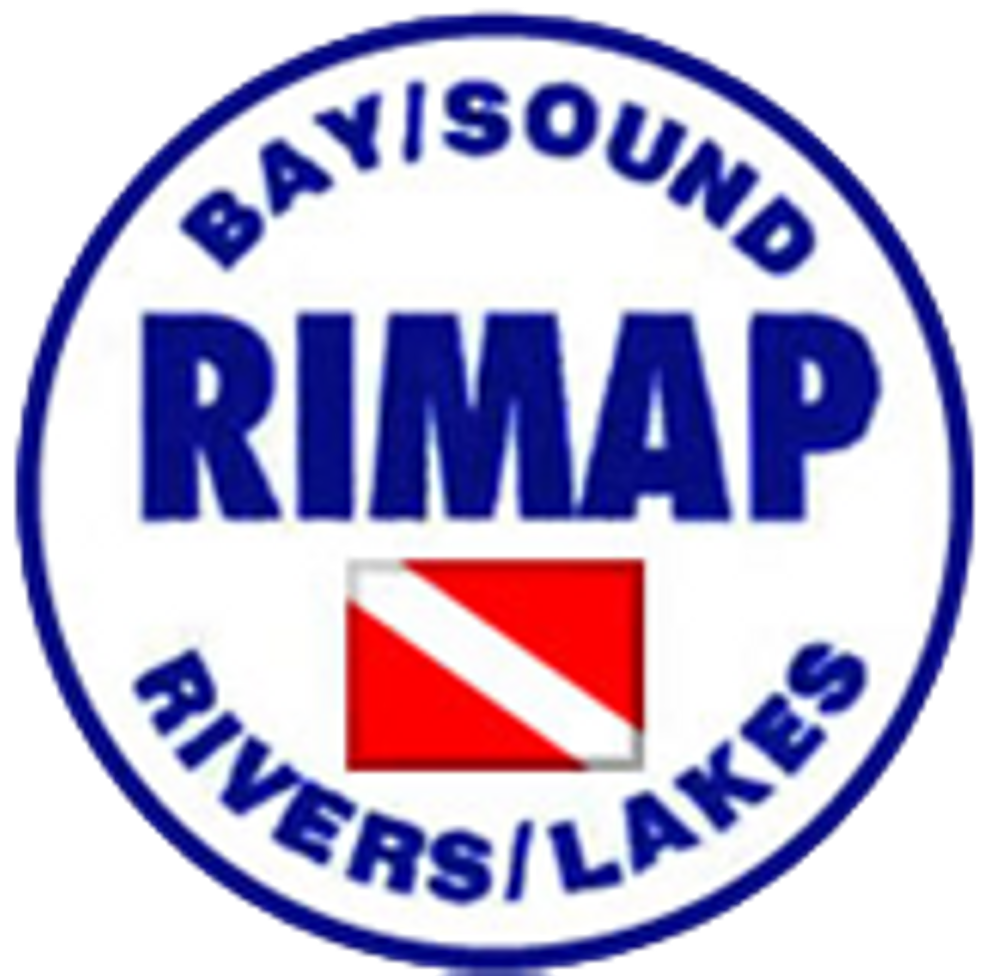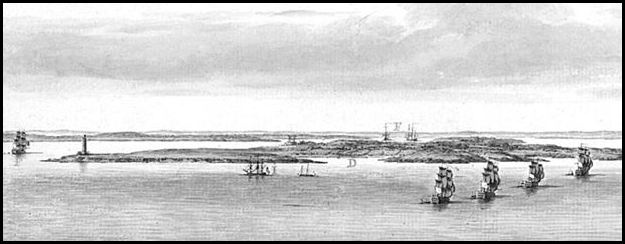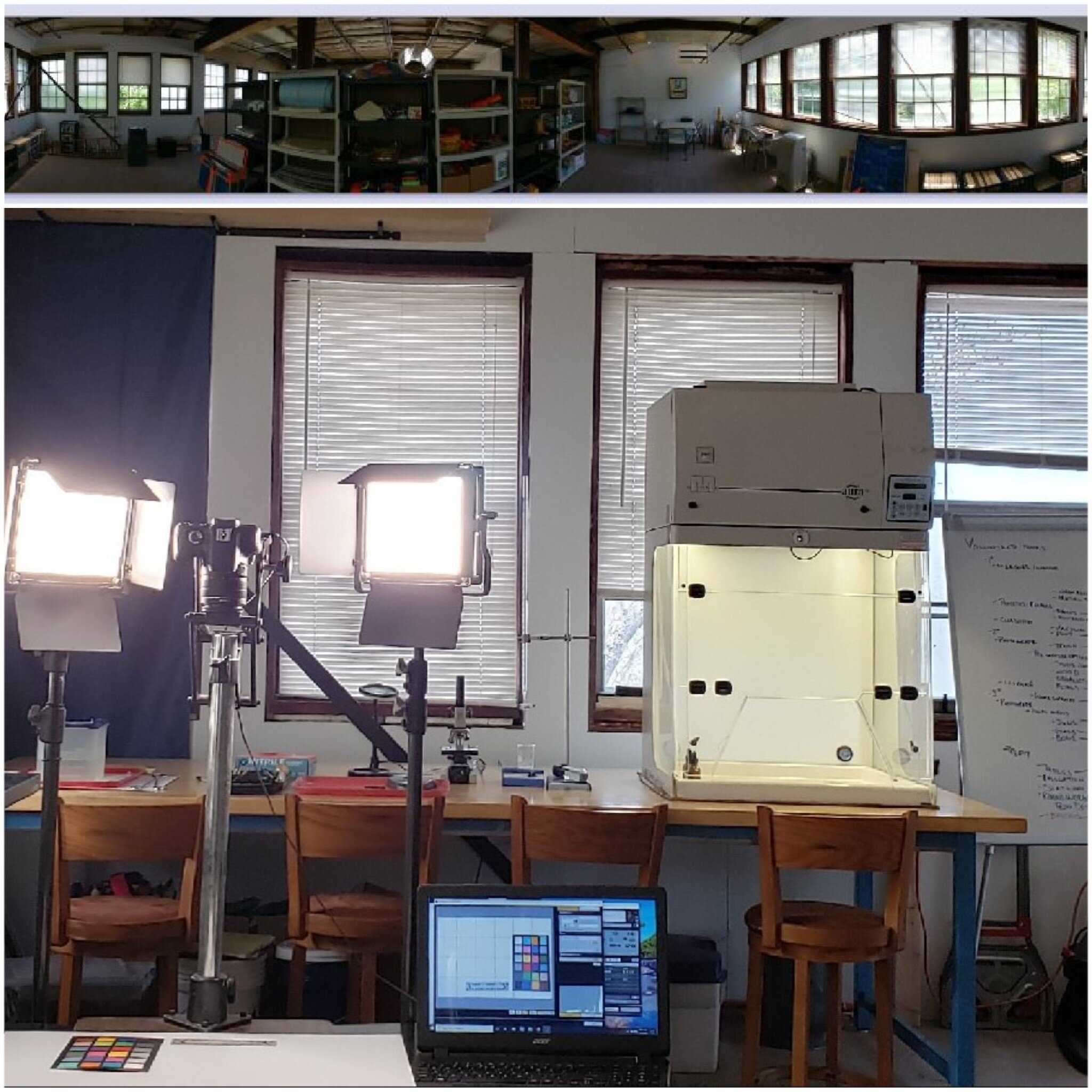Mission & History
THE RIMAP MISSION STATEMENT
"RIMAP will conduct studies of Rhode Island's maritime heritage under water and on land, and RIMAP will be an advocate for historic and cultural preservation of that maritime heritage."
RIMAP'S HISTORY
Rhode Island Marine Archaeology Project (RIMAP) is a federally approved 501(c)(3) not-for-profit organization with an interest in the maritime history and marine archaeology of Narragansett Bay, the Sounds, the state's rivers and other inland waters, and how all of these connect Rhode Island to the wider world. Rhode Island has no resources to manage its federally and state mandated responsibilities to study and protect the state's submerged cultural resources, including shipwrecks. In 1992 the Rhode Island Historical Preservation Commission asked local archaeologist D. K. Abbass to create a program to include members of the diving and non-diving public in a professionally organized and directed effort to study Rhode Island's maritime history and conduct marine archaeology fieldwork. This was the origin of RIMAP.
Since its beginning in 1993, RIMAP's investigations into local history have included ships and other cultural resources that relate to Colonial times, the American Revolution, slavery, steamship commerce, Naval activities. Of further interest are all the land-side industries, labor, and financial support that gave Rhode Island its nickname of "The Ocean State." Rhode Island's local history is rich and varied, but RIMAP's study of the American Revolution has attracted international interest because of the British Royal Navy vessels that were lost here during that war. RIMAP's study of the fleet of British transports scuttled in Newport's Outer Harbor in 1778 has generated especially wide media coverage because the Lord Sandwich transport had been the Endeavour Bark of Captain James Cook's first circumnavigation.
All of RIMAP's work is of local and even national importance, but the years leading up to 2020 will see many 250th anniversary celebrations of Cook's voyage in the Endeavour, and RIMAP's discovery and certain identification of the Lord Sandwich ex Endeavour® will be particularly significant to the Rhode Island tourism industry.
Local shipwrecks are great habitat for marine life. Poor underwater visibility makes diving fieldwork in Rhode Island a challenge. This photograph of a lobster living under the corner of a sunken metal barge illustrates the best visibility usually found in local waters, and that shipwrecks are often good habitat for marine life. © RIMAP 1994.
RIMAP’s Goals:
To locate and identify the submerged cultural resources of Rhode Island waters. Cultural resources may include shipwrecks, debris fields, submerged man-made structures and inundated terrestrial sites.
To study the submerged cultural resources of Rhode Island waters in a manner consistent with appropriate underwater archaeology practices.
To determine those submerged cultural resources that are historically important.
To develop programs by which the historically important submerged cultural resources may be protected from damage.
To develop programs by which the submerged cultural resources of Rhode Island may be shared with the diving and non-diving public in a non-destructive manner.
To locate and study sites on land related to the industries and individuals that contributed to the maritime history of Rhode Island.
RIMAP offers a variety of print and digital publications about its work, either as member benefits or for sale. These include inventories of submerged cultural resources in state waters and features on land, as well as individual histories and site studies. This inventory of shipwrecks was originally published in 1988, and updated here. © RIMAP 2000.
RIMAP products include:
Maritime history/marine archaeology training.
Fieldwork experience for divers and non-divers.
Opportunities to work with historic artifacts and help with historical research.
Professional and popular publications and presentations to share the results of RIMAP's research with a wider audience.
Managing artifacts without a proper lab at Naval Station Newport. © RIMAP 2004.
RIMAP needs:
Funding to support its training and fieldwork programs.
Funding to support RIMAP’s newly developed artifact conservation facility, and to develop appropriate permanent artifact storage.
“In 2019 RIMAP created an artifact conservation facility in an industrial building on the campus of the Herreshoff Marine Museum, Bristol, Rhode Island. With grants from the Australian National Maritime Museum, local donors, and RIMAP sweat equity, the lab is now fully equipped to treat the water logged artifacts that emerge during excavation of local shiwprecks. Amelia Hammond, a conservator from Texas A&M, is now RIMAP’s specialist to manage the lab and artifacts, with the assistance of trained RIMAP volunteers.”
“This space is open to the public only by appointment and during specially scheduled open house events. © RIMAP 2020”
”NewPort Architecture designed a building that RIMAP would like to build for it’s exhibit and storage space. Anyone interested in helping with these long-term projects should contact RIMAP.”
This is the architect's’ concept of what such a building might look like. Drawing by Farzan and Farzan of NewPort Architecture. © RIMAP 2014.
Funding to establish and support a facility to share Rhode Island's rich maritime heritage with the public, telling local stories and display related cultural materials, in a venue that is easily accessible.
Good members and volunteers.
WHAT RIMAP HAS DONE: 1992-2019
Although our name is Rhode Island Marine Archaeology Project, and although we work all around the state, we have received no financial support from the Rhode Island State Budget. Our financing comes from memberships, cash donations, federal grants, and state grants that are funded by federal programs, and international grants for the Endeavour study. Our local volunteers donate the greatest in-kind value to support RIMAP's research and public outreach, and without them, RIMAP's understanding of our state's maritime heritage would be diminished. But with their generosity, Rhode Islanders may now enjoy our state's glorious past and share its exciting future.
Public members, trainees, volunteers = 900 +
Sites studied (some with multiple features) = 83
Person days of historical research and admin = 8300 +
Person days of fieldwork and post processing = 4500 +
RIMAP reports, publications, presentations = 175 +
Interviews, website essays, public meetings = 475 +
Documentary inquiries refused = all (everybody wants RIMAP's work for free!)
Total RIMAP cash income budgets for 25 years = $550,500
Outside documentary inquiries refused = ALL (Everybody wants RIMAP’s work for free!)
Documentaries and short videos produced by RIMAP and Stand Still Pictures = 7
Total income from the RI State Budget = $0
Estimated value of all RIMAP work = $15,500,000
All of RIMAP"s work has been done with NO financial support from the State of Rhode Island budget. Graphic © RIMAP 2015.






